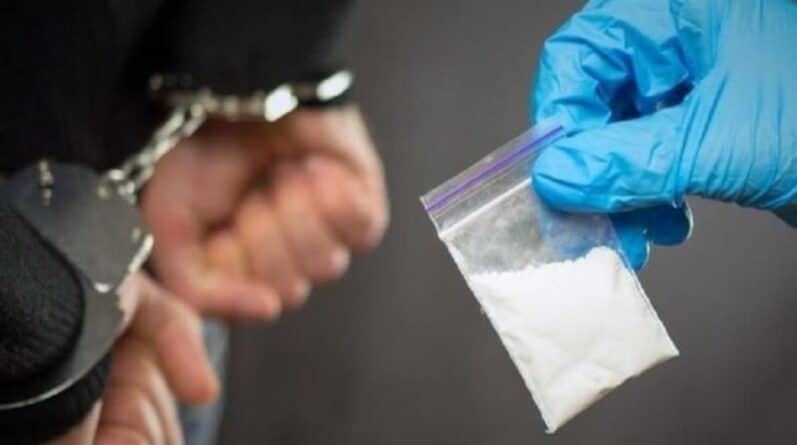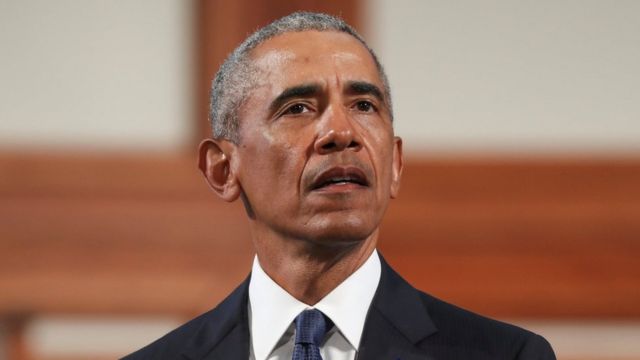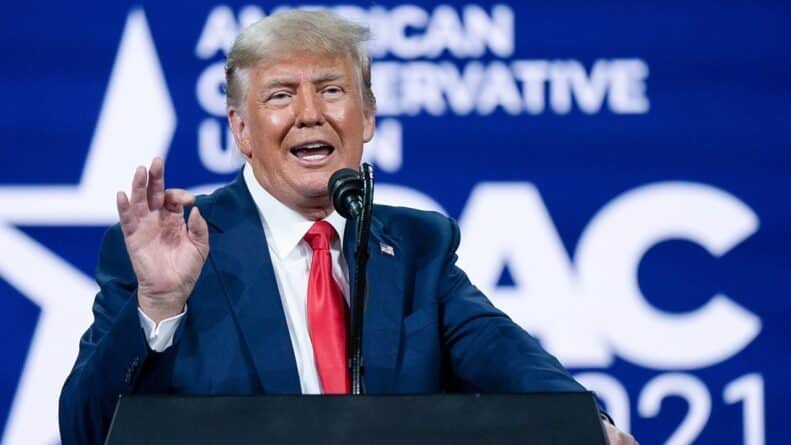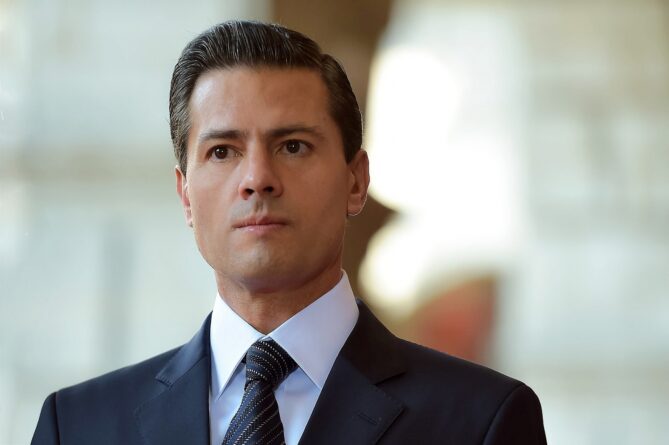
The United States of America and Mexico have been side by side for half a century side by side fighting illegal drug trafficking. The US government funds the Mexican administration to fight drug cartels. In addition, the United States secured its borders with Mexico by erecting fencing and defensive structures, which caused a great resonance in society.
Throughout all the years of bilateral confrontation in countering the spread of drugs, no proper positive result has been achieved. The fact is that drug trafficking in Mexico has been flourishing since the formation of this state and in our time has reached colossal proportions. At the same time, in the United States there is a very large percentage of citizens who use drugs and are involved in their trafficking.
Calderon's Anti-Drug Trafficking Policy 
In 2006, after becoming president of Mexico, Felipe Calderon launched a fierce fight against drug cartels in his country. His measures were not very successful; drug trafficking still goes through Mexico to the United States. As a result of this fight, a large number of Mexican citizens were killed by government officials, ordinary citizens and drug dealers.
However, thanks to this fight, several drug cartel leaders were killed and arrested. In 2012, one of the main leaders in the market for the production and sale of drugs, Heriberto Lazcano, was eliminated.
As a result of our own efforts and interaction with US anti-drug agencies, 25 drug lords were arrested. However, no significant progress was observed in the fight against drug trafficking. Mexico remains the main supplier of drugs to the United States.
Merida Initiative
Barack Obama initiated a program to support Mexico in the fight against drugs. The program was called the Merida Initiative or Plan Mexico. The basis of this program was the creation of funds for the purchase of military equipment and military training of soldiers sent to combat drug trafficking.

The US Congress counted on creating an anti-corruption program, in He allocated $2.5 billion to support it. The implementation of this program included the following aspects:
- The need to screen all police and justice officials for connections to drug cartels.
• Creation of a court system in Mexican states that deal with drug cases.
• Organization of task forces that train police personnel at the state and municipal level.
• Intergovernmental exchange of intelligence data on drug cartels and drug trafficking.
The bill on the initiative says that the judicial $73.5 billion was spent on reform, human rights and the rule of law. However, due to the too high demand for drugs in the United States, the project did not produce the desired results.
Project Coronado
Almost simultaneously with Merida, the Coronado project was launched, pursuing the same goals. The project resulted in 1,200 arrests, the seizure of large quantities of narcotics, and the destruction of the notorious Mexican drug cartel called La Familia.
In the war on drugs, the United States primarily acted as a financial source, although some actions with its parties were also held. Thus, in 2006, George W. Bush signed a decree on the construction of a fence on the border with Mexico to prevent drug trafficking and migration from the Mexican side.
The fight against drug trafficking at present 
In 2017, Donald Trump signed a decree on protecting the state border. Under this legislation, construction of the wall continued. At the same time, in Mexico itself, after the policy of Felipe Calderon was replaced by the security policy of Enrique Peña Nieto, reducing the level of violence became a priority. The system of fighting direct confrontations with drug cartels has been abolished. As a result, the murder and crime rates have decreased.
Not long ago, the governments of the United States and Mexico concluded a bilateral agreement to combat illegal trafficking in weapons and drugs. This program is relatively new compared to previous efforts. It is based on the fight against drug trafficking and its sources of financing. It also provides for strengthening control at maritime borders. The partnership between the two countries placed an emphasis on implementing reforms in the police and judicial systems. It gave impetus to economic development and emphasized social programs.
Necessary measures to combat the spread of drugs
To effectively combat drug trafficking from Mexico and the United States, it is necessary to take into account the difference in state laws. Some states may have a very different drug situation and restrictions than others. For example, in some states marijuana is legalized for medicinal purposes, while in another part it is prohibited, its possession and use is punishable by law. Accordingly, in those states where the drug is legal, the sale of this drug will flourish. All drug traffic will be directed to these states.

In this regard, strengthening the borders between Mexico and the United States, tightening migration policies, and detentions will not lead to the desired results. The business of drug cartels is carried out not only by land, but also by underground, air and waterways. In addition, large numbers of drug dealers and transporters from Mexico are citizens of the United States.
Conclusion
Based on this, it becomes obvious that new regulations and agreements are needed between Mexico and the United States of America to the fight against drug cartels and drug trafficking.
Taking into account the implementation of the programs of Felipe Calderon and Enrique Peña Nieto to combat drug cartels and drug trafficking, it can be assumed that for more successful progress in this area it is necessary to develop new programs and regulations in both countries.
In addition to tightening laws on punishment for involvement in drug trafficking, it is necessary to take measures to combat drug addiction. It is necessary to create a regulatory framework that will help those segments of the population who are most likely to connect their lives with drug trafficking.